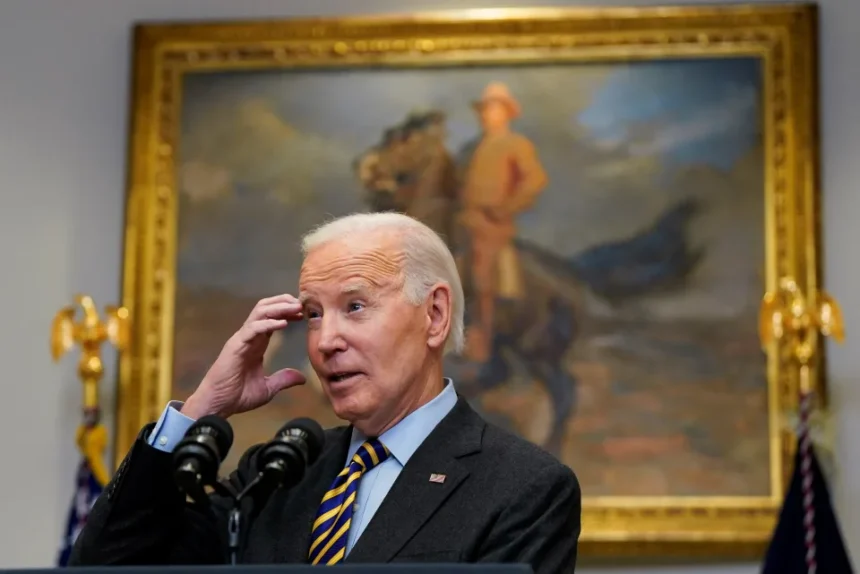Various semiconductor companies have spoken out against the new rule.
In a bold move aimed at maintaining its leadership in artificial intelligence, the Biden administration has unveiled the “AI Diffusion Rule,” a set of sweeping new export controls targeting the sale of high-performance GPUs. These controls are designed to curb the global diffusion of advanced computing technology, particularly in nations like China, which many in Washington view as a direct competitor in the race for AI supremacy.
While the rule does not explicitly name any country, its implications are clear. With a tiered licensing system and restrictions on software and infrastructure sharing, the initiative signals a strategic shift in U.S. tech policy—a move that has drawn both praise and criticism from stakeholders across industries.
Decoding the AI Diffusion Rule: Three Licensing Tiers
The new rule introduces a three-tier licensing framework to regulate the export of GPUs, which are critical for training and deploying sophisticated AI models:
- Tier 1: Unrestricted access is granted to the domestic market and 18 key allies, including nations such as Canada, Japan, and members of the European Union. These countries are considered strategic partners in the U.S.’s broader technological and geopolitical goals.
- Tier 2: The majority of countries fall into this category, where exports will be limited. U.S. companies can sell GPUs to these nations, but with strict caps on computational power. This tier aims to balance access while limiting the potential for rapid technological advancement in countries that do not align fully with U.S. strategic interests.
- Tier 3: The most restrictive category includes nations like China, Russia, Iran, and North Korea. For these countries, the export of advanced GPUs is effectively barred. Additionally, U.S. companies are prohibited from sharing certain AI software details or building significant data center infrastructure in these regions without explicit government approval.
Tightening the Reins on AI Innovation
The scope of the AI Diffusion Rule extends beyond hardware. U.S. companies will also face restrictions on sharing the inner workings of their AI models with Tier 2 and Tier 3 nations. Furthermore, any plans to build large-scale data centers in Tier 2 countries will require pre-approval from federal authorities. These measures aim to limit the global spread of cutting-edge AI capabilities and ensure that U.S.-developed technology does not inadvertently empower rival nations.
Industry Pushback and Economic Concerns
Unsurprisingly, the rule has sparked fierce backlash from the tech industry. The Semiconductor Industry Association (SIA) was quick to condemn the decision, warning of potential long-term consequences for U.S. economic and technological leadership.
“The new rule risks causing unintended and lasting damage to America’s economy and global competitiveness in semiconductors and AI by ceding strategic markets to our competitors,” the SIA said in a statement. The organization fears that the restrictions could drive nations towards alternative suppliers, including China, which has been ramping up efforts to achieve self-sufficiency in semiconductor manufacturing.
NVIDIA, one of the leading producers of GPUs, has also voiced strong opposition. Ned Finkle, Vice President of Government Affairs at NVIDIA, criticized the rule as an overly complex and poorly conceived policy. “The Biden Administration seeks to undermine America’s leadership with a 200+ page regulatory morass, drafted in secret and without proper legislative review,” Finkle remarked. He warned that such policies could stifle innovation and erode the U.S.’s competitive edge.
The Geopolitical Chess Game
At its core, the AI Diffusion Rule reflects the U.S. government’s growing concern over China’s rapid advancements in AI. Chinese tech giants such as Baidu, Alibaba, and Tencent have been making significant strides in developing AI applications, fueled in part by access to U.S.-made GPUs. By restricting this access, the Biden administration hopes to slow China’s progress and solidify America’s dominance in the field.
However, critics argue that these measures may backfire. Instead of hindering China, the restrictions could accelerate its efforts to develop homegrown alternatives, reducing its reliance on U.S. technology altogether. In the long term, this could weaken the global market share of American tech companies and lead to the fragmentation of the international tech ecosystem.
What’s Next?
The rule’s 120-day comment period provides an opportunity for industry leaders, policymakers, and international partners to weigh in. The timing is particularly significant, as the incoming Trump administration could choose to amend or repeal the rule altogether, depending on its policy priorities.
In the meantime, the debate underscores the complexities of balancing national security with economic and technological considerations. As the U.S. navigates this delicate balancing act, one thing is certain: the race for AI dominance is far from over, and the stakes have never been higher.










